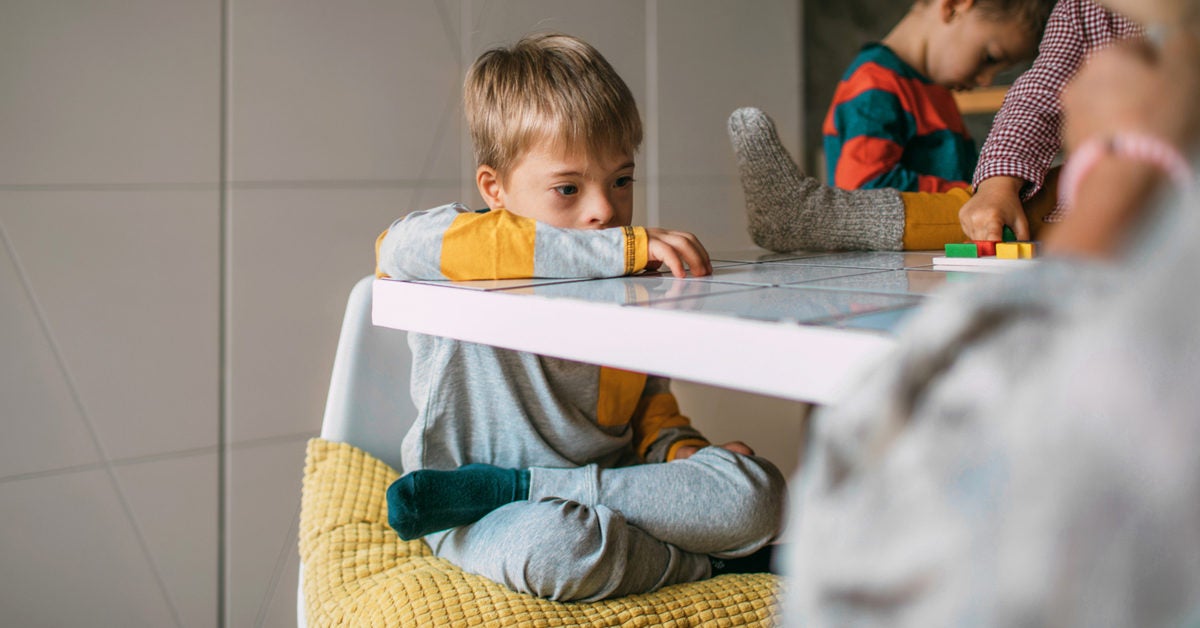
Divorce is a difficult and emotional experience for everyone involved, but it can be especially challenging for children. While parents may be focused on their own feelings and needs during a divorce, it is important to remember the impact that it can have on children. In particular, the custody arrangement that is chosen can have a significant impact on how children are affected by the divorce.
The impact of divorce on children can manifest in a variety of ways. Some children may become withdrawn or depressed, while others may act out or become aggressive. They may experience difficulty in school, struggle with relationships, or develop behavioral problems. These issues can arise even in children who were not directly involved in any conflicts or disputes during the divorce.
One of the most important factors in how children are affected by divorce is the custody arrangement that is chosen. There are several different types of custody arrangements, including joint custody, sole custody, and shared custody. Each of these arrangements has its own unique advantages and disadvantages, and it is important to carefully consider which one will be best for the child.

Joint custody is a popular choice for many divorced parents because it allows both parents to continue to be involved in the child’s life. This can help to provide a sense of stability and continuity for the child, and it can also help to minimize the disruption that the divorce may have on their routine. However, joint custody can also be challenging, particularly if the parents do not get along well or if they have conflicting schedules.
Sole custody, on the other hand, may be a better choice if one parent is better equipped to care for the child on a full-time basis. This can provide the child with a sense of security and stability, knowing that they have a primary caregiver who is responsible for their needs. However, sole custody can also be difficult, particularly if the non-custodial parent feels left out or excluded from the child’s life.
Shared custody is another option that may be appropriate in some cases. This involves the child spending equal amounts of time with both parents, which can help to ensure that both parents remain actively involved in the child’s life. However, shared custody can also be challenging, particularly if the child has difficulty adjusting to the back-and-forth nature of the arrangement.

Regardless of the custody arrangement that is chosen, it is important to remember that children need love, support, and stability during and after a divorce. This may involve providing them with access to counseling or therapy, or ensuring that they have regular access to both parents. It is also important to keep communication open and honest, and to avoid involving children in any conflicts or disputes that may arise between the parents.
The impact of divorce on children can be significant, and it is important to carefully consider the custody arrangement that will be best for the child’s needs. Joint custody, sole custody, and shared custody are all potential options, each with its own unique advantages and disadvantages. Ultimately, the most important thing is to provide children with love, support, and stability during and after a divorce, and to work together as parents to create a positive and healthy environment for them to thrive in.









